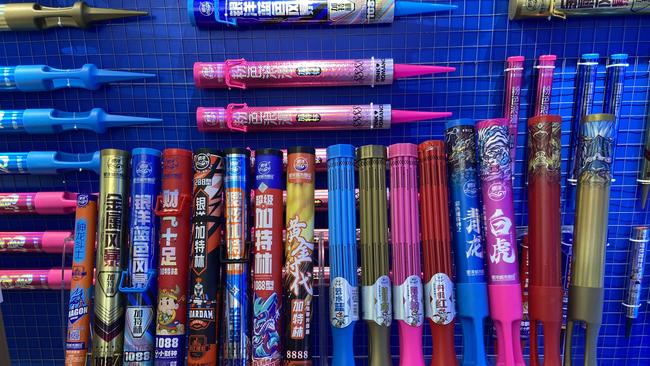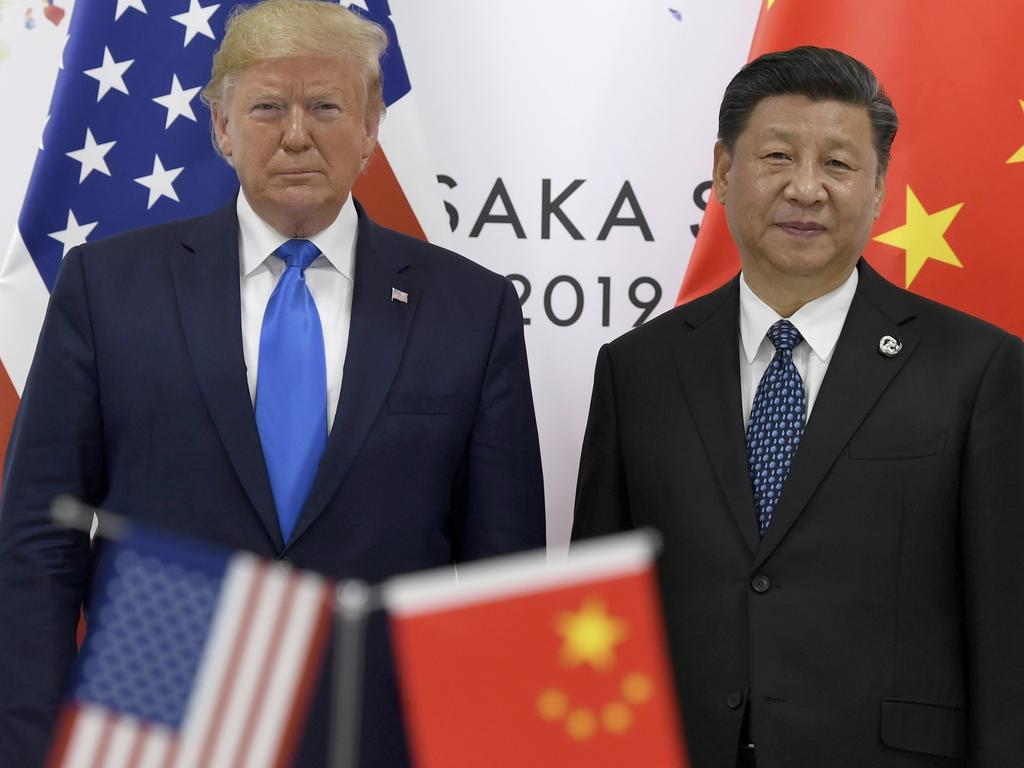
That was way back in late April, three weeks ago, when China was declaring it would “fight till the end” and “never kneel down” to America. Well, now we learn that days before Beijing made that claim, America’s Treasury secretary Scott Bessent held a previously secret meeting with China’s finance minister Lan Fo’an in Washington on the sidelines of the annual IMF meeting.
If you were to put it bluntly, you might say that Beijing had lied as it tried to present a strong posture to the world.
My reporting assignments across China since Trump’s “Liberation Day” on April 2 have underscored, again and again, the huge gulf between what China’s government says and what is going on in the country.
As Beijing’s mouthpieces claimed they could do just fine without the American market, factory owners in Guangdong told me: “I feel like the sky is falling”.
At the Canton Fair in Guangzhou, Chinese export businesses stunned me with how openly they discussed plans to get around Trump’s tariff wall. One said his firm was opening a business in Vietnam that would do little more than put on stickers claiming that their products, made in China’s Fujian province, were actually made over China’s southern border.
For all Beijing’s blustering about its successful diversification from the US, these businesses clearly needed American consumers.
On a later trip in China’s south, another factory owner told me his firm, which supplies components for American chip giant Nvidia and Elon Musk’s Tesla, had been ordered by its American clients to open a new factory in America.
It was clear that the tariffs were hurting many Chinese people. Goldman Sachs forecast more than 10 million jobs were on the line.
Of course, America was hurting too. Complaints by American retailers that many of their shelves would soon be empty weren’t made up.
Yes, Trump blinked and did a deal to avoid the worst of the consumer pain that he had been warned about — but Xi blinked too.
Many in China are now crowing about the mutual backdown agreed over the weekend in Switzerland, saying it demonstrates the wisdom of Xi’s tough approach. “Of course it is a victory,” bellowed the jingoistic Fudan professor and commentator Shen Yi.

The pugnacious professor compared China’s trade tactics to the Chinese People’s Liberation Army’s war against the United Nations co-ordinated forces, led by America and including Australia, which forced an armistice on the Korean peninsula and gave the world North Korea (a glorious outcome, according to official Communist Party history). “If this is not victory, then what is victory?” asked Shen.
It is an interesting victory for China. They have accepted the second Trump administration adding 30 per cent across-the-board tariffs on Chinese goods, which build on tariffs from Trump’s first term.
Capital Economics estimates the effective US tariff rate on China is now around 40 per cent. China’s effective tariff rate on American goods is around 25 per cent.
That is a steep fall from the 145 per cent and 125 per cent tariffs that America and China had respectively imposed (after being forced up by Xi’s retaliation), but it is still an amount far beyond any other American trade partner.
It will allow much trade to resume without going through grey channels, which should see Trump collect far more tariff revenue (a part of his tariff policy which many ridicule but which the president takes seriously). But if these rates stick, and so long as high rates aren’t imposed on Southeast Asia, India or Mexico, it will lead to more manufacturers leaving China if they want to sell to America.
Trump has also maintained the 120 per cent tariffs he had imposed on small parcels from China, closing a loophole that had been used by Chinese discount retailers Temu and Shein.
The Chinese meanwhile will lift restrictions on rare earths needed in high end manufacturing — although, as with everything in this deal, that agreement could be binned when the relationship encounters its next shock (say if either party is not happy with how TikTok is dealt with in the coming months).
Taken together, the Swiss deal lands the US-China relationship in a place not a world away from what Trump campaigned on — with America’s tariffs on China much higher than on the rest of the world. Perhaps most remarkably, the Chinese have resigned themselves to this arrangement with only a new 10 per cent impost on American goods to save face.
While Trump has compromised, this is economic terrain far removed from the “win-win” vision of globalisation that Xi continues to champion (at least in his speeches for foreign audiences).
Trump and Xi may be the world’s two most powerful people, but neither is omnipotent. Each has agreed to things they said, only weeks ago, they would never tolerate.
That is a great relief for the world economy, including Australia. Growth rates in 2025 will be higher because of this deal.
Trump and Xi have shown a surprising level of flexibility. We should be grateful they did — even if it required a few white lies to get there.






Remember when Beijing declared that President Donald Trump had “no factual basis” for claiming that China and America had begun discussions over their prohibitive tariff walls?